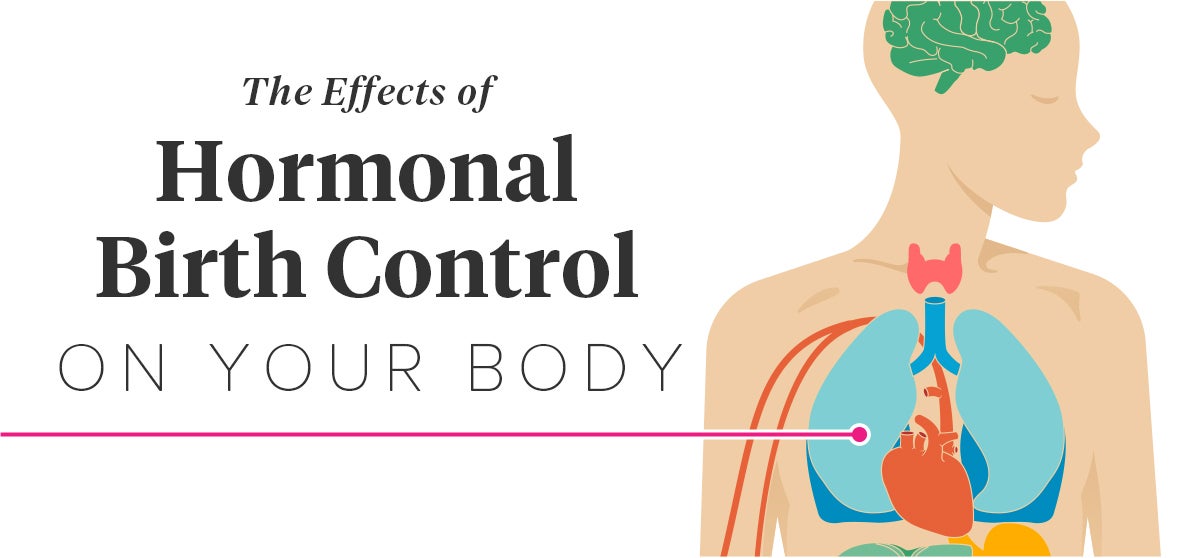

There is a risk of venous thromboembolism associated with the combined hormonal contraception, but the risk is much less than that during pregnancy and the immediate postpartum period. The combined oral contraceptive pill is not recommended during lactation as it may affect breast milk volume. They should be discussed with all women requesting contraception, particularly those who cannot take the pill because of adverse effects or identified risk factors or who find it difficult to remember to take the pill daily. These long-acting reversible contraceptive methods are much more effective at preventing unintended pregnancy compared to the pill. This includes a progestogen-only method, such as the contraceptive implant or levonorgestrel intrauterine system, or the non-hormonal copper intrauterine device.

Table 2 outlines some common adverse effects and strategies that may improve the symptoms should the woman wish to continue with the pill.Īlthough trying another oral formulation can be helpful, sometimes a change to another form of contraception may be appropriate. Women may experience a range of adverse effects and managing these can be challenging. They also have significantly lower rates of death from cancer, cardiovascular disease and other diseases. Long-term cohort studies show that, compared to non-users of the combined oral contraceptive pill, users have lower rates of death from any cause. Its failure rate therefore differs between 'perfect use' (0.3% annually) by women who take it consistently and correctly and 'typical use' (9% annually) when the pill is used inconsistently or incorrectly. A quadriphasic combined oral contraceptive pill that contains oestradiol valerate and desogestrel is formulated with an oestrogen step-down and progestogen step-up sequence.

Triphasic pills are commonly prescribed in Australia, but have no evidence-based advantage over monophasic pills in relation to their adverse effect profile or cycle control. Women take the pill continuously until they experience four days of vaginal spotting or bleeding after which they have a four-day pill break. 14Īnother approach is called a 'menstrually signalled' regimen. Indeed evidence is available to support the safety of continuous use of the contraceptive pill for up to 12 months. Typically this is done for three months at a time. This is most easily achieved with monophasic regimens in which each active pill contains the same amount of oestrogen and progestogen and the inactive pills are skipped. 4 Extended pill-taking regimens are used by many women to delay or avoid a withdrawal bleed. Some formulations contain 24 active and 4 inactive pills (24/4 regimes) which may reduce the chance of contraceptive failure and breakthrough ovulation. The pills available in Australia are mostly in 28-day packs with 21 active and 7 inactive pills, to mimic the menstrual cycle. 13 To mitigate this risk, and reduce oestrogenic adverse effects, the dose of ethinyloestradiol was reduced to 35 and 30 microgram and more recently 20 microgram without an apparent loss of contraceptive efficacy. This was due to the effect of oestrogen on the synthesis of clotting factors. However, an association between the pill and venous thromboembolism soon emerged. The first available formulation of the combined oral contraceptive pill contained 50 microgram of ethinyloestradiol for cycle control.

Table 1- Combined oral contraceptive pills 3 More recent developments, which may improve the safety and efficacy of the combined oral contraceptive pill, include using oestradiol instead of ethinyloestradiol and extended pill regimens with fewer or no inactive pills. 2 However, there may be an increase in unscheduled bleeding. 1 Subsequently it has been found that formulations with ethinyloestradiol 20 microgram are likely to be as effective as the 30–35 microgram pills while possibly reducing the oestrogenic effects such as nausea, bloating and breast tenderness. Since then the pill has been further developed to ensure good efficacy while minimising the adverse effects.Ī key advance was a decrease in the dose of oestrogen to the currently used low-dose formulation (standard dose of ≤ 35 microgram ethinyloestradiol). Women rapidly adopted the pill as it allowed the reliable separation of sex and reproduction and gave them the opportunity to plan when to have children. Australia was the second country in the world to have access to 'the pill'. It was introduced into Australia just over 50 years ago. The combined oral contraceptive pill contains oestrogen and progestogen.


 0 kommentar(er)
0 kommentar(er)
